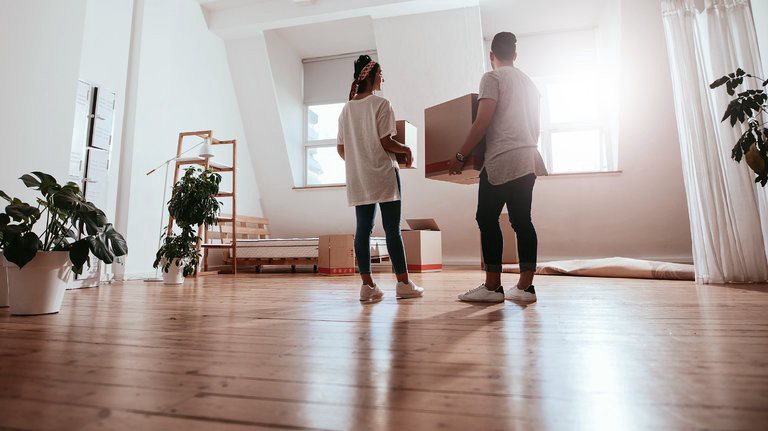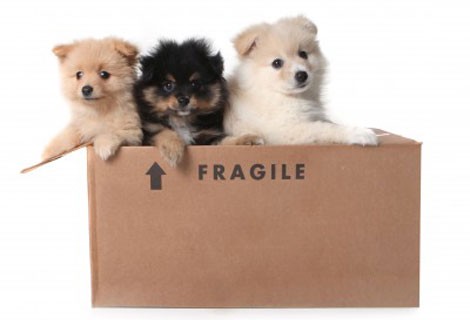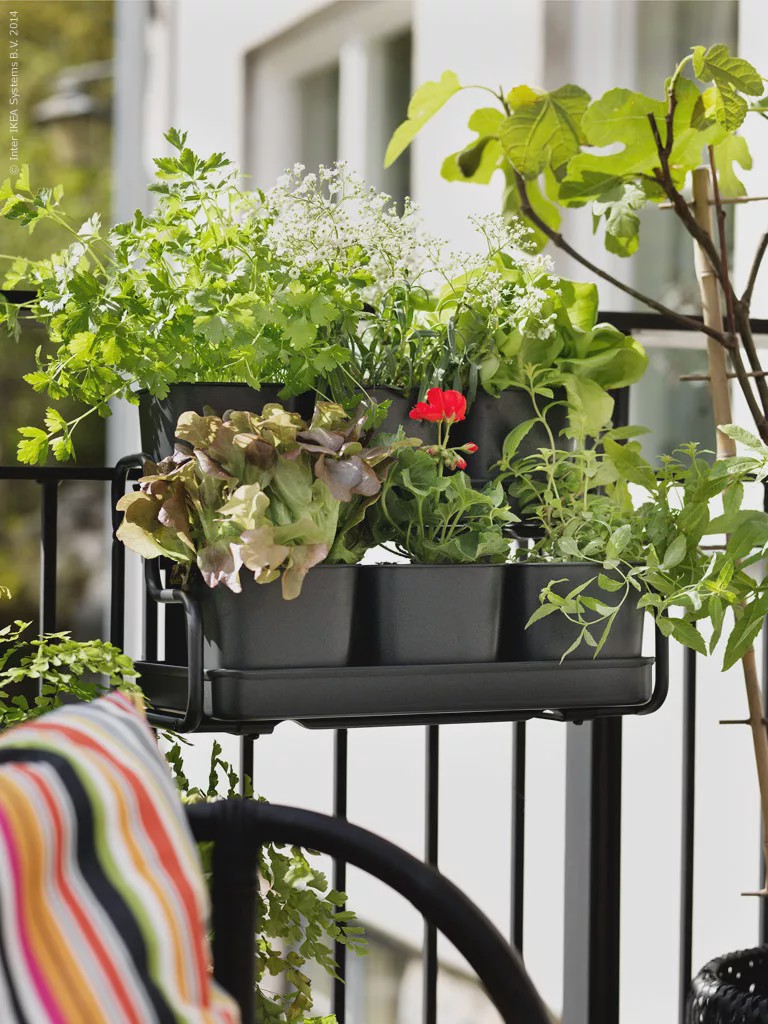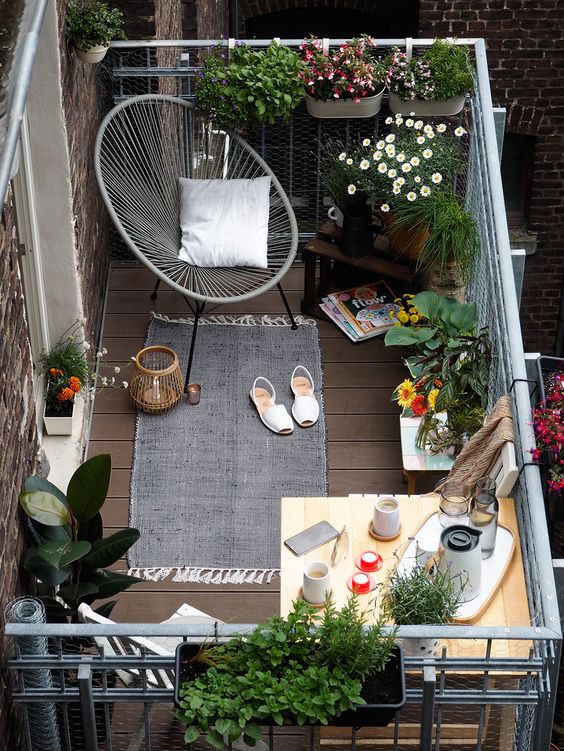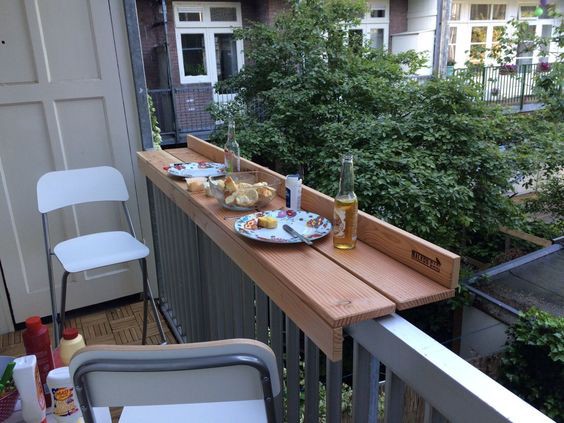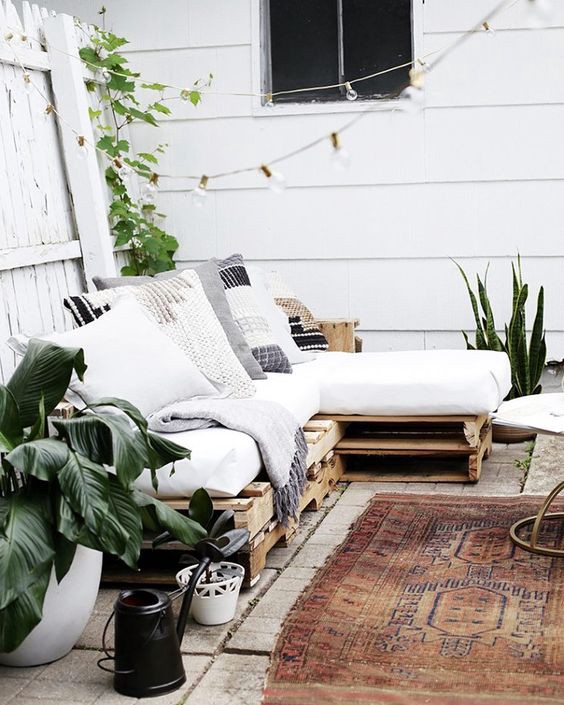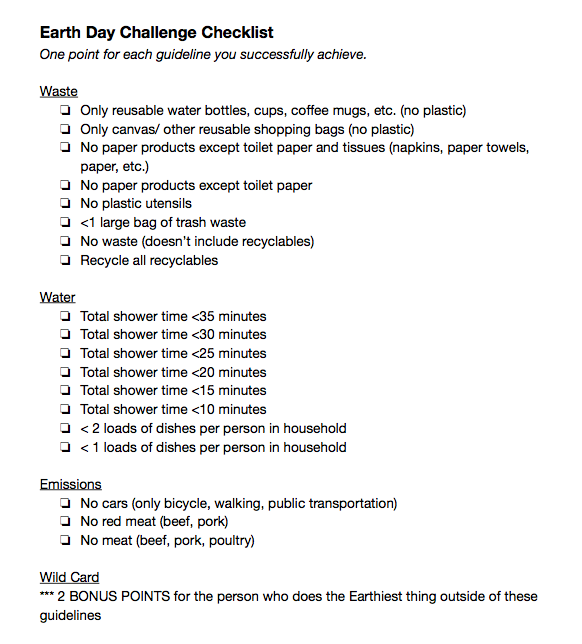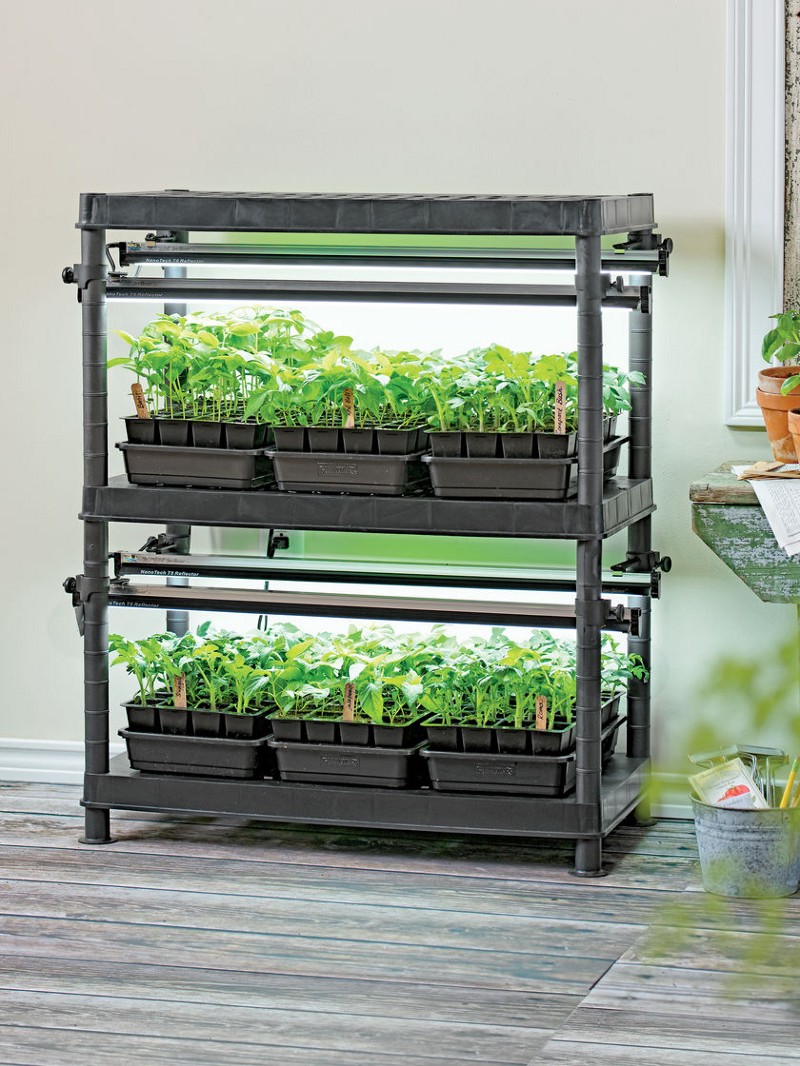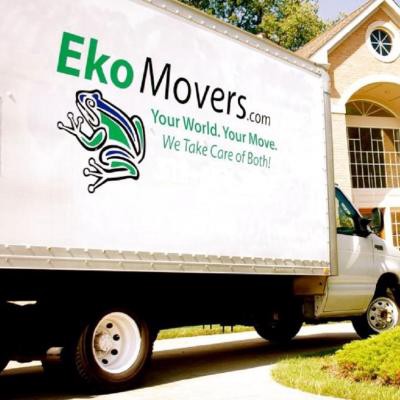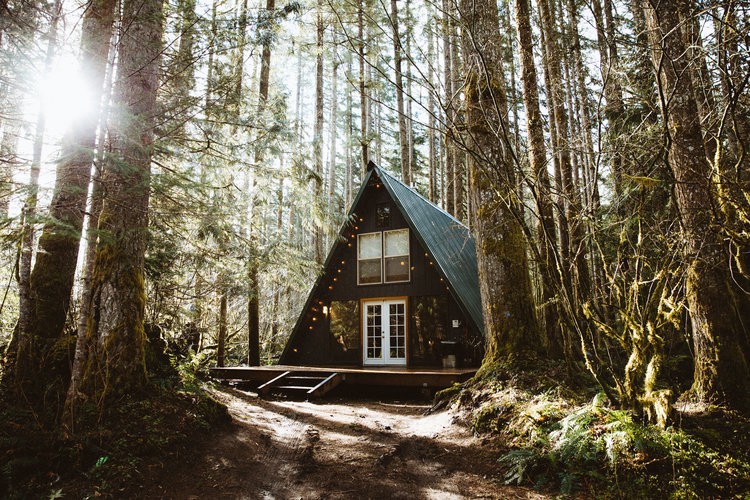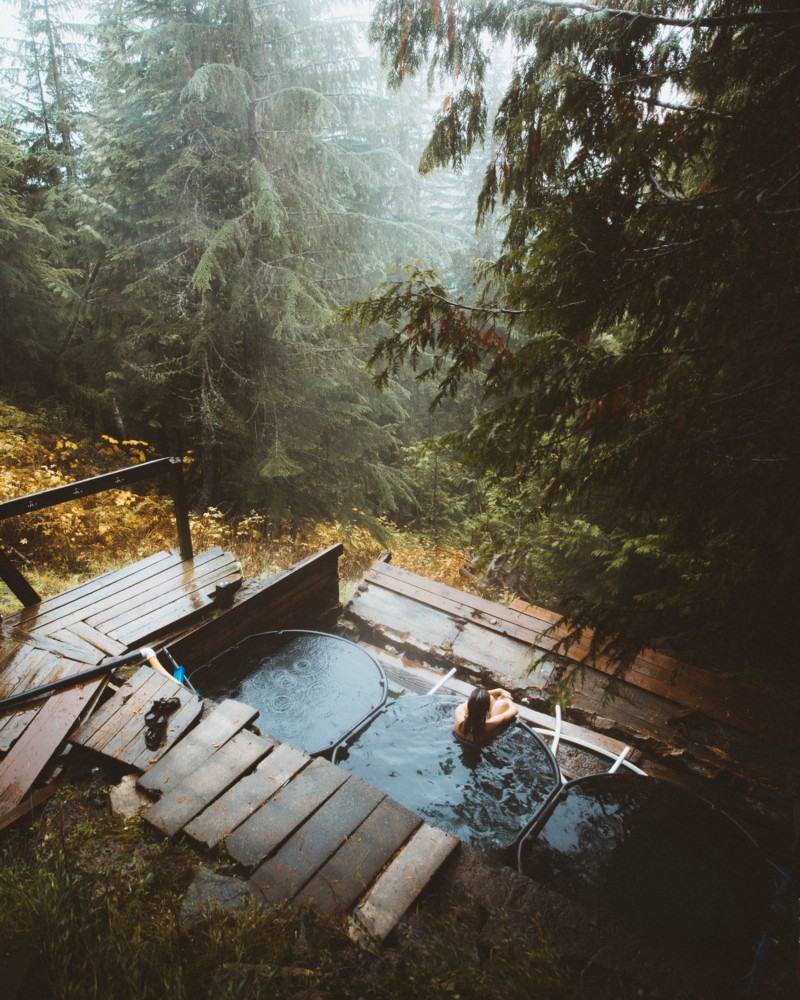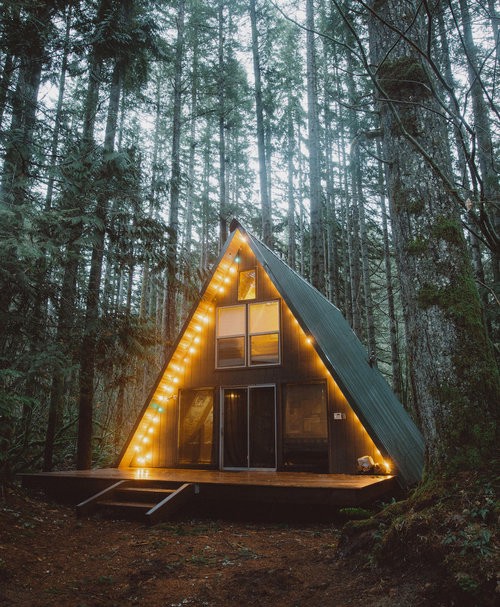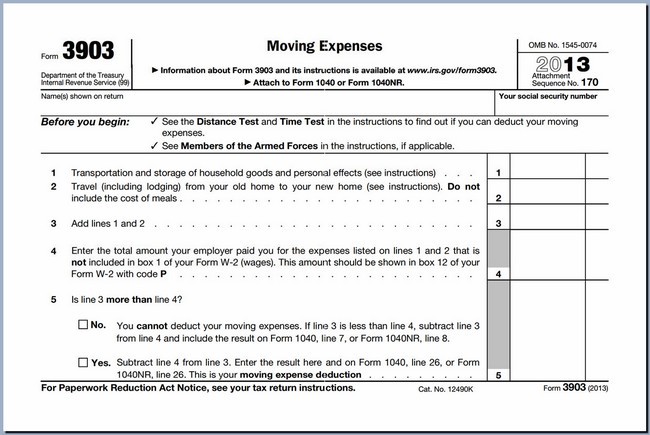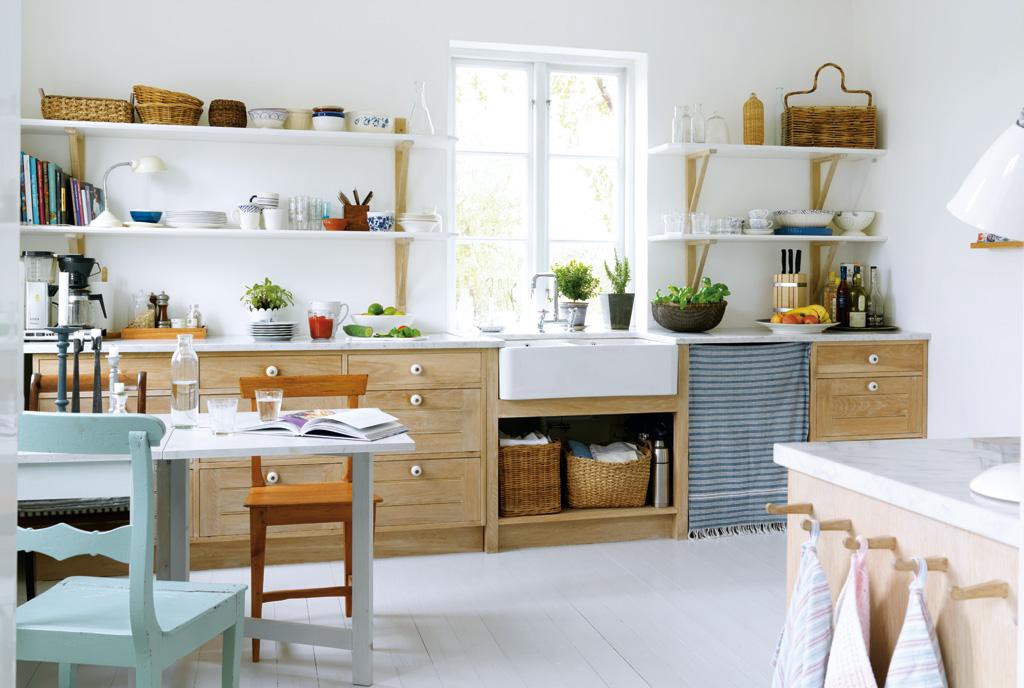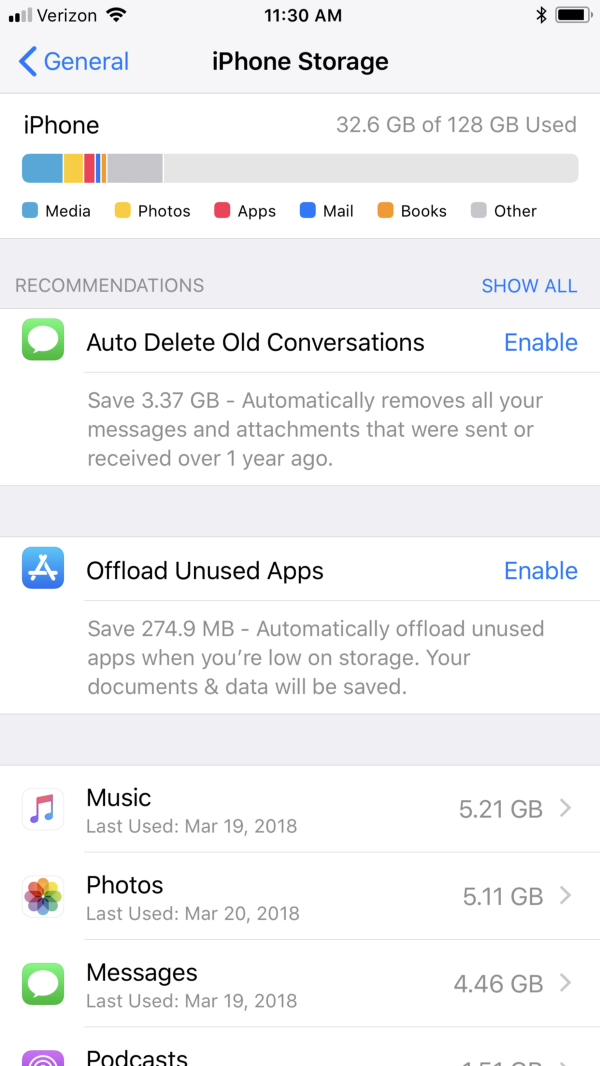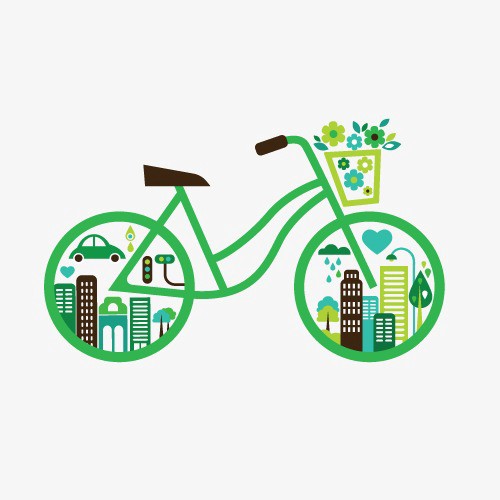Moving is a stressful time, and having your friends around to help you through the process can make it a lot less daunting. But instead of asking them “hey, wanna come over to my place to pack boxes and lift heavy things for 5 hours?,” make a fun occasion out of it, and throw and moving party! It’ll make your big day a lot more enjoyable and give your friends a heck of a lot more reason to say yes.
Here are some suggestions to help you throw a great moving party:
Be Prepared
If you read our blog, you’ve probably heard these two words more times than you can count at this point. Like everything else in moving, it ALWAYS pays to be prepared.
Packing is undesirable enough on its own. Your friends aren’t going to want to come over and have to deal with the chaos of organizing your stuff. Have a plan ahead of time. Know who is going to be at the party, what they like, and what they’re likely to be most useful doing. Make sure you have all the necessary supplies.
On the flip side of that, make sure you aren’t running a bootcamp. You want to be productive but also fun and lighthearted. It’s about finding that happy medium.
Have time for things other than moving.
Yes, the purpose of the party is to get you all packed and ready for your move, but it’s still supposed to be fun. Take breaks. If the weather is nice, go outside, maybe even make the packing into some kind of competition (if your friends are the kind of people who would be into that).
Like games? Make the party into a fun drinking game! It might include things like “take a drink every time a box is finished” or “finish your drink if you accidentally break something” (hopefully that one doesn’t happen often). When you’re all done and you have an empty floor, maybe play some Twister.
Lastly, definitely have food and drinks, and most importantly, set the mood with some music!
Music
Ever walk into a nice, relaxing restaurant and wonder why on earth they’re playing the latest EDM hits? The wrong music can kill the mood FAST, and you definitely don’t want that. Granted, you aren’t running an upscale restaurant. This is a moving party. The stakes aren’t nearly as high, but you still want your guests to enjoy the tunes.
Consider having a playlist ready for your party. You’re probably going to want something that is going to give your friends some energy. Here’s a moving playlist we created.
Have your friends help you decide what to get rid of.
Another way to make your moving party fun is to get everyone engaged in your move.
Have too much stuff? As your friends go through your closets, tell them to make three piles: (1) things to keep, (2) things to sell/donate, (3) things to throw out. Now you get to see what your friends really think of that favorite sweater you wear all the time ;).
Alcohol
Loss of motor skills and moving heavy things don’t necessarily go hand in hand, but this also isn’t necessarily a blog about safety. A little alcohol can go a long way in making moving fun. Wine seems like a popular choice for moving parties, but you know your friends better than we do. A nice assortment can’t hurt.
Use Solo Cups
Serving your drinks in disposable cups will allow you to pack the glasses you’d otherwise be using at your party. It also makes for a very easy cleanup. No washing, just throw them away.
The same goes for disposable plates and silverware!
FOOD
Moving is stressful enough, so we aren’t suggesting you go an prepare a three course meal for your guests, but you should definitely provide them with some sustenance, especially if heavy lifting is involved.
Pizza is the most obvious and probably the easiest, but thinking outside the box (no pun intended) is always fun too. Chinese, Mexican, burgers and hot dogs are a few simple things that come to mind. Maybe even have food themed around where you’re moving (if you’re feeling ambitious).
Whatever you serve, keep in mind any dietary restrictions your guests might have and provide enough options to suit everyone’s needs. They’re helping you move, it’s the least you can do :).
Thanks for reading! If you liked this post, please recommend or share it with others. 🙂
Want to talk? Connect with Moved on Facebook, Twitter, and Instagram!





